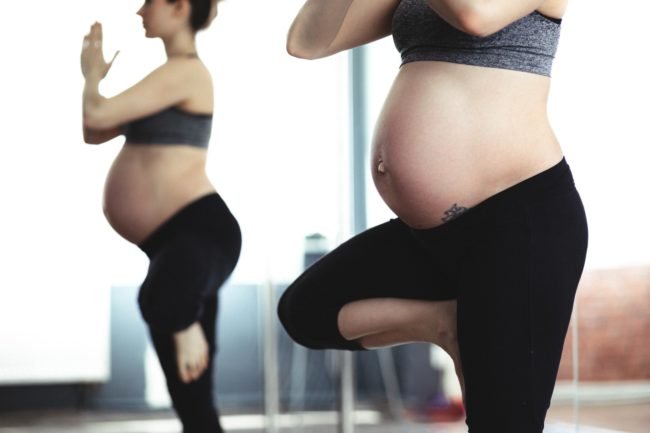A caesarean section (C-Section) or a caesarean delivery (cesarean delivery) is a surgical procedure used to deliver the baby. It is done under anaesthesia.
It can be done under epidural or spinal or general anaesthesia. The choice of the anaesthesia will depend on various factors and the anaesthetist will decide after consultation with the patient and the gynaecologist.
A caesarean delivery (cesarean delivery) may be done as a planned procedure well in advance even before the labour pains start. This is called Elective Caesarean Section.
It may be done when a woman is already in labor but for some reasons, vaginal delivery is not possible (eg. Non-progress of labor, foetal distress, cephalopelvic disproportion ) and then it is important to do the surgery. This is called an Emergency Caesarean Section.
The common reasons for Elective Caesarean Delivery (Cesarean Delivery) are:
- Breech Presentation
- Previous Caesarean Scar
- Transverse Presentation
- Twin Pregnancy
- Presence of a Pelvic Mass such as Fibroid
- Presence of active infection like Herpes or HIV in the mother
- The placenta is covering the os, the baby is very large as is common in diabetics and sometimes it is done purely on the request of the mother.
Some of the common reasons for an Emergency Caesarean Section are:
The labour is not progressing as it should. This is common if pains are weak. The baby is too big or the pelvis is too small or the position of the baby is such that it does not allow the baby to come down.
The heart rate of the baby is showing changes that are not good which means the baby is not tolerating the pains.
C-Section Procedure
Once the decision is made then the patient is shifted to the operation theatre. In the case of an elective procedure, the patient is prepared in advance. It is advisable to have about 8 hours of fasting. In Emergency procedure. The patient is given antacids and fluids intravenously.
The anaesthesia is given as per choice and situation. The abdomen is opened in layers. Commonly a transverse bikini line cut is taken. In some special situations, one may need to take a vertical incision on the abdomen.
The uterus is also cut and usually, this incision is also transverse. The baby and the placenta are delivered. The uterus and the abdomen are then stitched in layers. The surgery may take 30 minutes to an hour on an average.
After the surgery, the patient may be in the hospital for 3 days and then allowed home. In case there are some problems like infection, bleeding, or medical problems like blood pressure and diabetes then one may need to stay longer.
The wound will need one dressing after 3 to 4 days and then one dressing during the follow-up visit which can be in next 8 to 10 days.
Just as all surgeries have benefits and risks, the Caesarean section (Cesarean Delivery) also has certain risks, such as:
- Recovery takes longer than with vaginal delivery.
- There can be some delay in mother-infant interaction as a mother may be in pain or drowsy.
- During surgery, there can be an injury to abdominal organs, excessive bleeding, and infection in the immediate postoperative period.
- In the next pregnancy, there can be an increased risk of the placenta being adherent to the scar, increased chance of a repeat Caesarean section, and a small but true possibility of uterine rupture in a future pregnancy.
- The stitches will heal over a period of 6 to 12 weeks. It is safe to walk and climb stairs after the surgery.
- One can start abdominal exercises after 12 weeks.
- In India, most women like to get a body massage done post-delivery. So you can go pamper yourself once the stitches have healed.
Future Pregnancy
The common question asked by all patients is will the next delivery also be by a caesarean section.
Well, the answer is … Not Necessary. The mode of delivery in the next pregnancy will depend on various factors.
In certain situations, a repeat Caesarean section is inevitable, such as
- If the placenta is adherent,
- The baby is breech or transverse,
- The placenta is covering the neck of the womb,
- Mother is diabetic and or hypertensive,
- Twin pregnancy …….. etc
- If the baby is in the vertex position, adequate size, and there are no complicating factors in the pregnancy then one can try for VBAC …. Vaginal birth after caesarean.
The patient and the doctor should have a discussion on this issue during the pregnancy so that both have mutually agreed on their plan. It is important to remember that VBAC needs close and judicious monitoring of the mother and the foetus and timely action.








